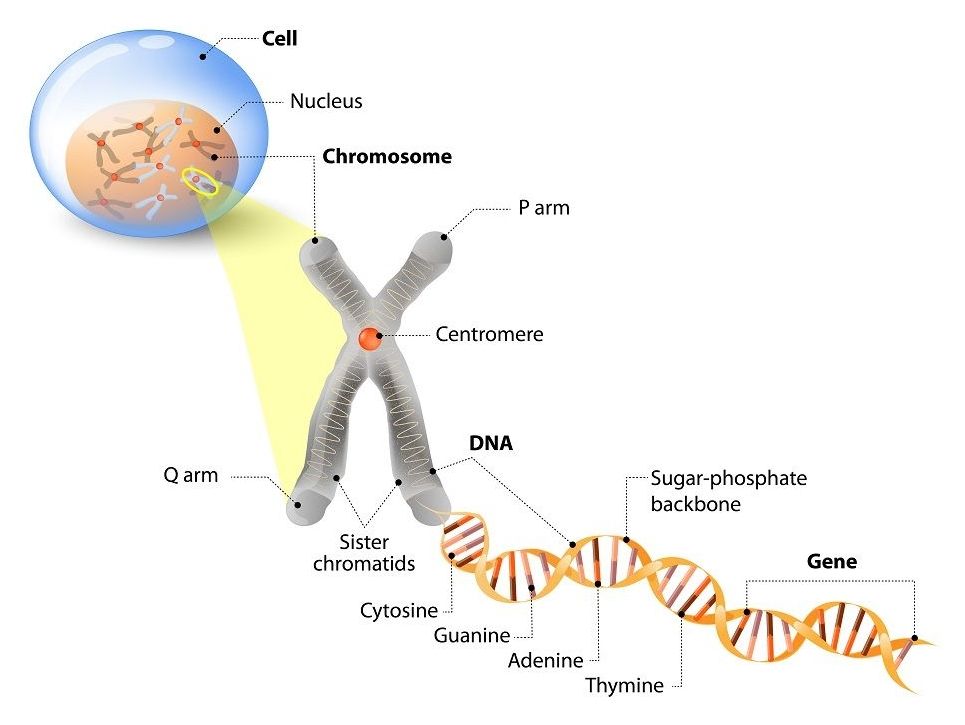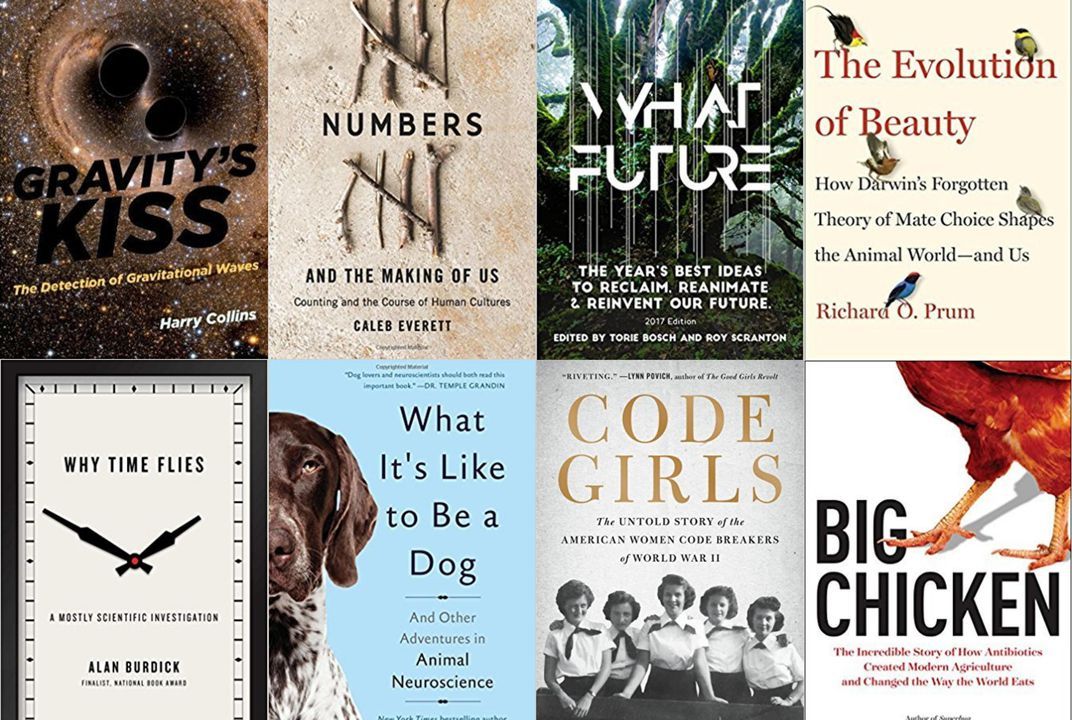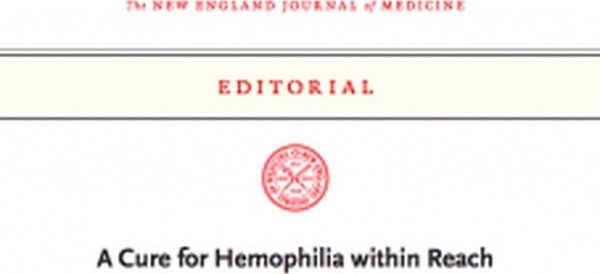The SRF Summer Scholars Program offers undergraduate students the opportunity to conduct biomedical research to combat diseases of aging, such as cancer, atherosclerosis, and Parkinson’s Disease. Under the guidance of a scientific mentor, each Summer Scholar is responsible for his or her own research project in such areas as genetic engineering and stem cell research. The Summer Scholars Program emphasizes development of both laboratory and communication skills to develop well-rounded future scientists, healthcare professionals, and policy makers.
Category: biotech/medical – Page 2,757


Hallmarks of Aging: Telomere Attrition
This is the third part of our ongoing series of articles that discuss the Hallmarks of Aging. Published in 2013, the paper divides aging into distinct categories (“hallmarks”) of damage to explain how the aging process works and how it causes age-related diseases[1].
Today, we will be looking at one of the primary hallmarks, telomere attrition.
Ray Kurzweil: Our Health Is About to Be Radically Transformed
Ray Kurzweil discusses how biotechnology is rapidly and radically changing our lives, which will improve our health and longevity.

The Ten Best Science Books of 2017
But the best science and tech writing goes one step further. With delight and mystery—and sans unnecessary jargon and technical details—this genre can help us better understand some of the world’s most complex and abstract concepts, from gravitational waves (Gravity’s Kiss) to Darwinian evolution (The Evolution of Beauty) to antibiotic resistance (Big Chicken). Each of these remarkable tomes from 2017 does just that, shining a light on the hidden connections and invisible forces that shape the world around us. In doing so, they make our experience of that world that much richer.
Get the best of Smithsonian.com by email. Keep up-to-date on:
End Aging — with Aubrey de Grey | Virtual Futures Salon
Aubrey de Grey, from Nov 28, 2017.
Virtual Futures presents Dr. Aubrey de Grey who claims to have drawn a roadmap to defeat biological aging and proposes that that the first human beings who will live to 1,000 years old have already been born.
Dr Aubrey de Grey is the Chief Scientific Officer and Co-founder of the SENS Research Foundation, a charity that researches the application of regenerative medicine to age-related disease, with the intent of repairing underlying damage to the body’s tissues, cells, and molecules. Their goal is to help build the industry that will cure the diseases of aging.
In conversation with Luke Robert Mason (Director, Virtual Futures).
–

Highlights from Yesterday’s /r/futurology AMA with Aubrey de Grey
Aubrey de Grey of the SENS Research Foundation took a few hours from his packed schedule yesterday to answer questions from the community at /r/futurology. It is a pity that we can’t get a full day of his time at some point — clearly there are way too many interested folk with questions and not enough hours to answer more than half of them. It is a sign of progress, I hope, that ever more people recognize that the SENS approach to the development of rejuvenation therapies is promising, and understand enough of the science to ask intelligent questions about the details.
SENS is simple enough to explain at the high level: identify the cell and tissue damage that (a) appears in old tissues but not in young tissues, and (b) is caused by the normal operation of metabolism, not by some other form of damage. The resulting short list includes the causes of aging. It may include some other things as well, that in the end turn out not to need fixing, but why take the chance? In modern biotechnology and life science research, it is faster and cheaper to develop a repair therapy and see what happens than it is to painstakingly figure out how everything fits together.
When de Grey first evaluated the field of aging research, back before the turn of the century, he found that the causes of aging by the above definition were largely known, with a good deal of evidence in support of each one. Yet next to no-one was working on fixing them. Since then, he has campaigned tirelessly to build organisations, assemble allies, raise funding, and persuade researchers, and all of that to ensure that the scientific and biotechnology communities do in fact move ahead with a repair-based approach to building functional rejuvenation therapies. It has been surprisingly hard work, given a research community that was hostile towards the idea of treating aging as a medical condition versus merely observing it, and a public at large who seem disinterested in living longer in good health.

Blackbody radiation from a warm object attracts polarizable objects
Our physical attraction to hot bodies is real, according to UC Berkeley physicists.
To be clear, they’re not talking about sexual attraction to a “hot” human body.
But the researchers have shown that a glowing object actually attracts atoms, contrary to what most people — physicists included — would guess.

Boosting Mitochondrial Quality Control to Combat Alzheimers
Scientists at the École polytechnique fédérale de Lausanne (EPFL) have found a way to make mitochondria more resistant to damage, which could potentially be used to halt Alzheimer’s and other, similar, diseases.
Globally, Alzheimer’s disease is the most common form of dementia and cause of neurodegeneration. It causes brain damage and symptoms such as long-term memory loss. It is an amyloid-based disease, with the characteristic hallmark being the formation of toxic plaques in the brain made from the aggregated beta-amyloid inside the neurons.